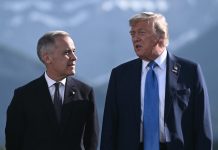Seventy-five years ago, on October 25, 1949, the Chinese People’s Liberation Army (PLA) launched a massive attack on Kinmen Island, leading to the sensational ‘Battle of Guningtou.’ The conflict ended in a humiliating Chinese defeat and became the first major victory for the Nationalist Kuomintang forces (Taiwanese forces) during the Chinese Civil War.
To commemorate the occasion, Taiwanese President William Lai visited the Chinese-facing frontline island of Kinmen on October 25.
Marking the anniversary of the landmark battle, Lai said Taiwan’s triumph over Chinese forces seventy-five years ago serves as a warning that freedom and democracy are not to be taken for granted. The President further emphasized that Taiwan cherishes its freedom and democracy, and no “external force” can change its future, in an apparent reference to China.
Lai told veterans and their families who had assembled for the event that the October 1949 Battle of Guningtou, in which Chinese Nationalist Party (KMT) soldiers dislodged an invasion attempt of Kinmen by the Chinese People’s Liberation Army (PLA), “represents our determination to protect our country.”
China “Deploys” Counter-Stealth Radar, Anti-Ship Missile Battery To Fortify Triton Island – Reports
Taiwan has maintained authority over the Kinmen and Matsu islands, located off the coast of China, since 1949, when the defeated government of the Republic of China (the Taiwanese government) retreated to Taipei after losing the civil war to the Communists.
https://twitter.com/MoNDefense/status/1849731129303019556
“The Battle of Guningtou makes us realize that democracy and freedom are not something to be taken for granted,” Lai said. “We treasure a democratic and free way of life, and we cannot, and will not, allow any external force to change the future of Taiwan, Penghu, Kinmen, and Matsu, right?” he added. The islands named by the President are located near China and remain vulnerable to attack.
Incidentally, the commemoration of this historic battle comes days after China launched the “Joint Sword-2024B” military exercises in response to William Lai’s high-profile speech in which he pledged to resist Chinese annexation.
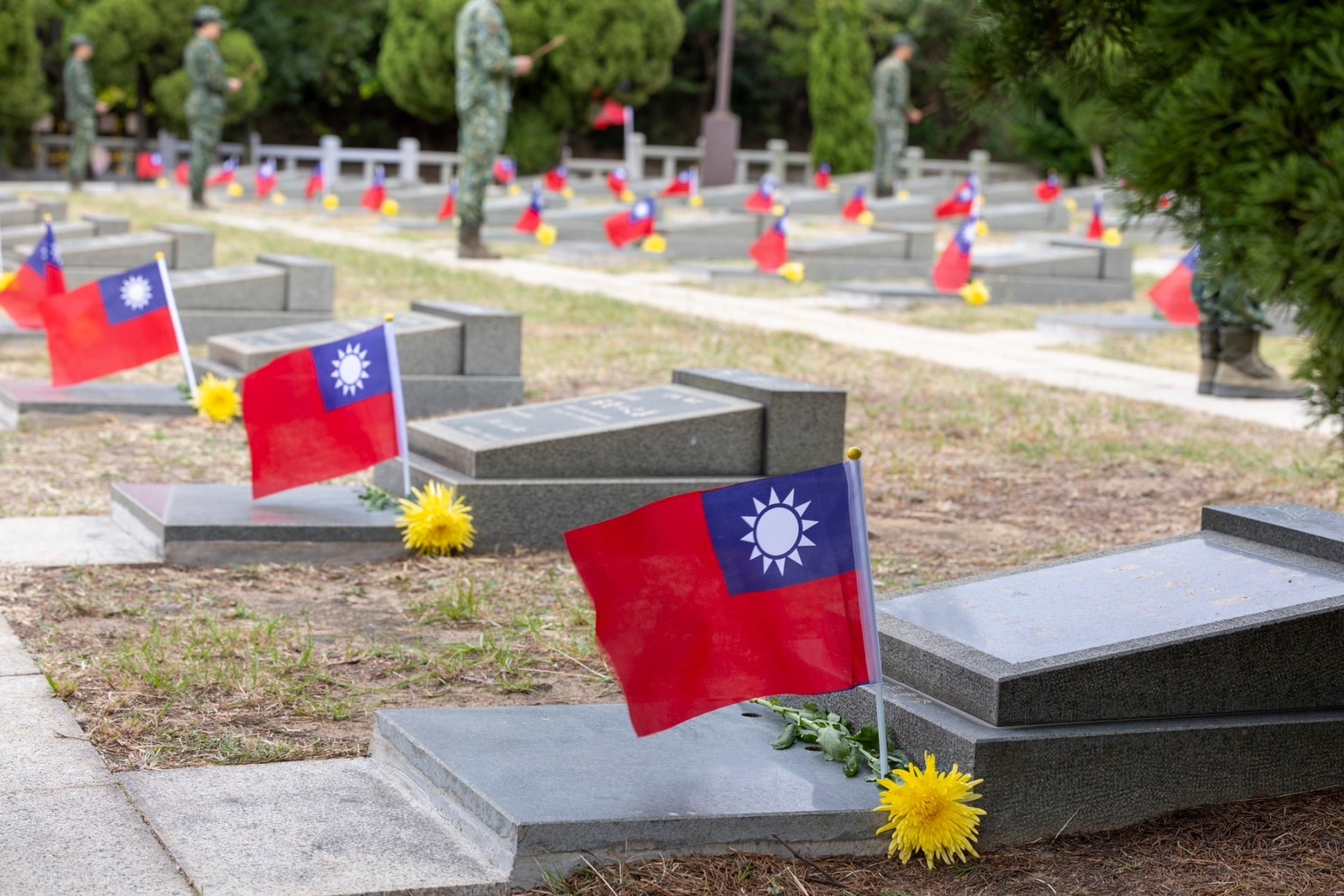
President Lai’s visit to Kinmen comes as the Chinese Coast Guard (CCG) continues to exert pressure on this crucial frontline island near the Chinese Fujian province.
Earlier, the President visited Kinmen in August 2024 to mark the anniversary of the Second Taiwan Strait Crisis of 1958—his first visit since taking office.
Kinmen is closer to China than it is to the Taiwanese island, and military analysts warn that Kinmen could serve as the focal point in the potential Chinese “coercion campaign” against Taiwan.
In light of these events and Kinmen’s increased susceptibility to a possible Chinese attack, EurAsian Times goes back in history to explore what happened in the ‘Battle of Guningtou.’
When Taiwanese Forces Defeated China
The Battle of Guningtou, also known as the ‘Battle of Kinmen,’ was fought over Kinmen Island during the Chinese Civil War, which raged from 1927 to 1949. The Civil War ended in the victory of Chinese Communists led by Mao Zedong.
The Chinese Communist Forces established the People’s Republic of China (PRC) on October 1, 1949. This was followed by an intense fighting between the Republic of China (Taiwan) forces led by the Nationalist Kuomintang Party (KMT) leader Chiang Kai-shek and the People’s Liberation Army (PLA) forces of the newly established Chinese communist government.
However, facing massive losses and defeat, the RoC forces, along with other refugees, started withdrawing to Taiwan, an island across the Taiwan Strait that became their last bastion after the Communists ran over the entirety of China.
The Chinese wanted to crush the KMT forces completely to eliminate the possibility of another Chinese government across the Strait. Moreover, China wanted to wrest Taiwan back into the Chinese mainland.
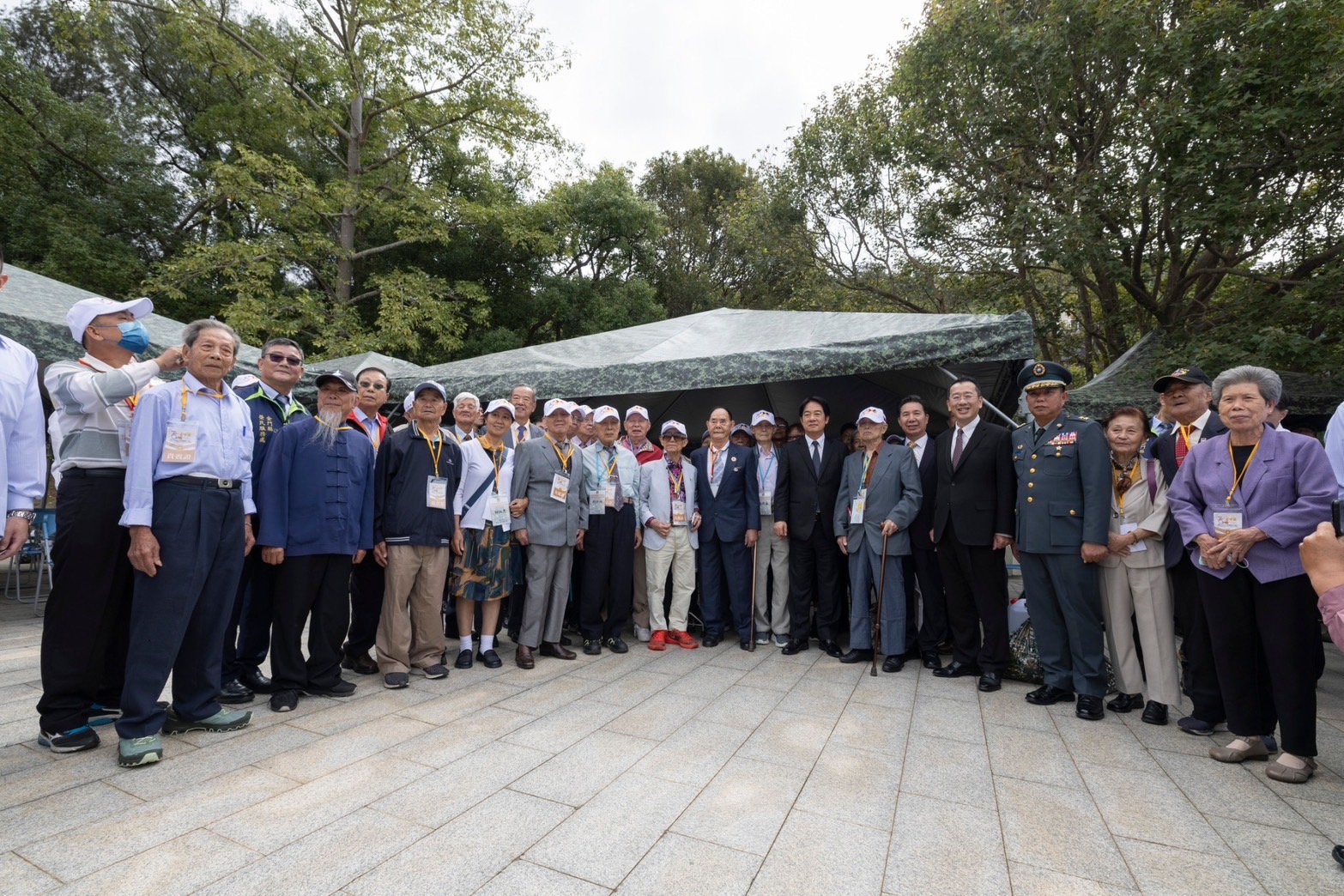
Plans were being hatched to launch a massive attack on Taiwan. The PLA commanders felt that a decisive attack on Taiwan would not be possible unless the frontline islands—Kinmen and Matsu—were seized by the PLA troops.
Although most of the KMT forces had fled to Taiwan by late October, the Nationalists had fortified several strategically important island groups, including Hainan, Zhoushan, Matsu, and Kinmen, which lay off the southeast coast of China.
The PLA chose Kinmen as its target. The Kinmen Islands consisted of two small islands and 13 islets. Greater Kinmen, the bigger of the two islands, was a dumbbell-shaped mass. The island’s western half was mostly flat and had miles of beaches appropriate for amphibious landings, whereas the eastern half was mountainous.
The PLA intended to launch the first attack on Kinmen with 9,000 troops to establish a beachhead. According to the plan, after the first attack, a second force of about 10,000 troops would then land on Greater Kinmen Island to capture the entire island in three days from an ROC garrison that was anticipated to be composed of just two divisions.
The Communists went wrong in their predictions. PLA Commanders miscalculated that there would be only 12,000 Nationalist troops on the island, assuming they comprised demoralized remnants of conscripted units that had survived defeats in central China.
In earlier Chinese Civil War operations, the Communists had won largely because of the extensive information they gathered from a complex network of Nationalist sympathizers and spies.
However, the network did not reach Kinmen; therefore, PLA commanders had to rely on enemy radio signals.
Even before retreating to Taiwan, the Nationalist forces anticipated an attack on the frontline islands of Kinmen and Matsu. ROC commanders ordered fortifications to be built immediately. By October, around 200 earthen bunkers and several anti-amphibious landing beach obstacles had been constructed by ROC soldiers, along with 7,455 land mines.
Additionally, the ROC garrison on Kinmen was strengthened by battle-hardened infantry, supplies from the 12th Army, and equipment (1st Battalion, 3rd Tank Regiment, which consisted of 22 M5A1 Stuart light tanks organized into two tank companies). The soldiers stationed here were the combat-experienced veterans of the Burma War.
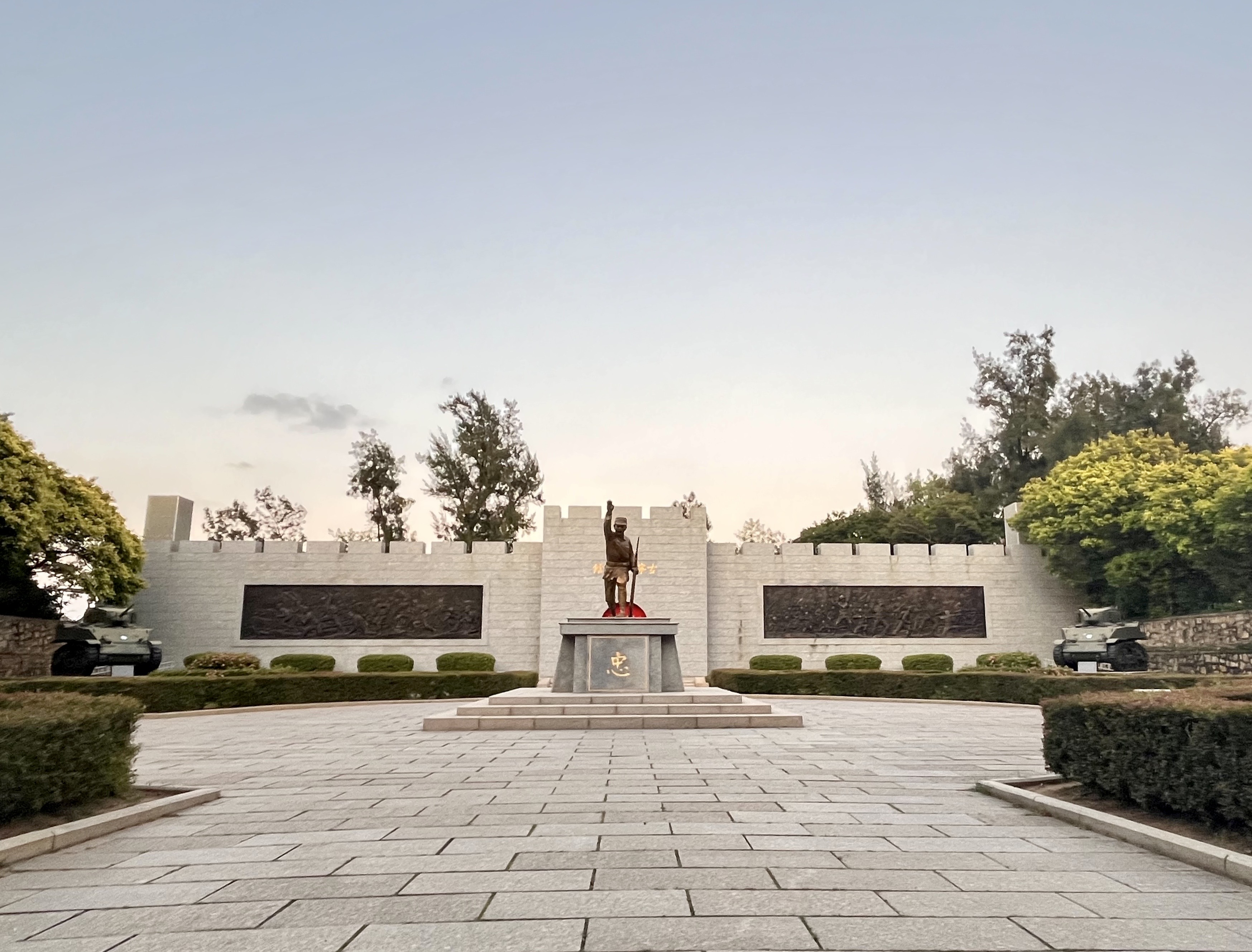
It began when the PLA’s armada, consisting of hundreds of wooden fishing boats, sailed toward Kinmen in the early hours of October 25. They planned to land on the island’s narrowest section, close to the settlement of Longkou.
However, because of the ship’s shoddy condition, rough seas, and wind, many of them were dispersed and transported beyond Longkou and northwest toward the shore of Guningtou in Kinmen instead.
PLA soldiers from regiments 244, 251, and 253 landed at Guningtou, Huwei, and Longkou on the north side of Greater Kinmen Island.
Regiment 244, the first ashore to land close to Lungkou, was attacked by the Nationalist defenders using mortars, artillery, and machine-gun fire. It suffered significant losses. Regiments 251 and 253 fared better, landing close to Huwei and Guningtou, respectively, where they breached ROC positions and proceeded interior.
Many PLA landing craft were halted after getting stuck on submerged anti-amphibious landing beach obstacles when they arrived at high tide. The PLA landing vessels were beached when the tide went out, making it impossible for them to return to the mainland in time to deliver the second reinforcement wave. While the artillery fire from the mainland initially aided these Communists, it had to stop after the infantry disembarked.
Two ROC Navy ships patrolling off the northwest coast of Guningtou fired at the beached PLA warships, ROCAF P-51s conducted strafing passes, and ROC forces used flamethrowers, grenades, gasoline, and oil to burn the primarily wooden boats, destroying them shortly after.
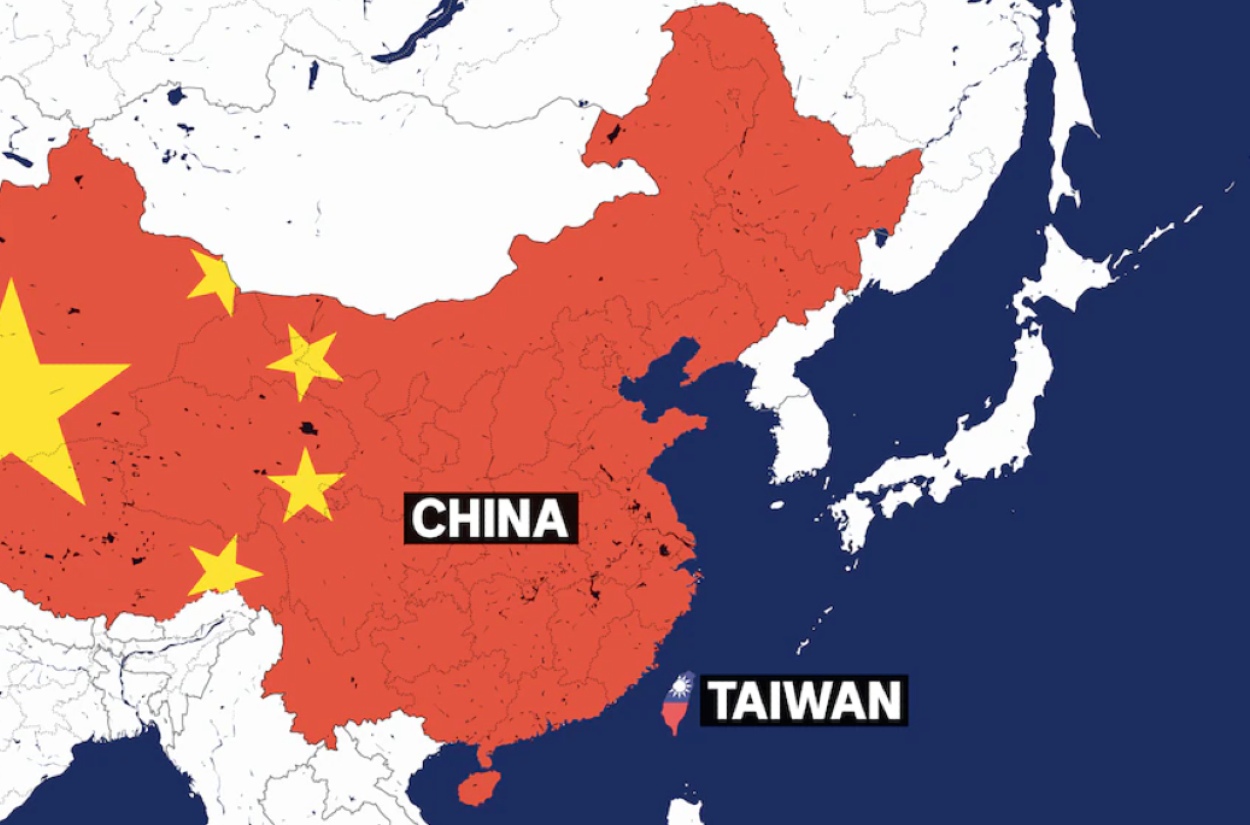
The US-made M5A1 tanks stopped the approaching PLA forces. By early morning, PLA Regiment 244 had lost the high ground they had occupied at Shuangru Hill to ROC armor.
A few hours later, PLA Regiment 253, which held Guanyin Hill and the Huwei Highlands, was also forced to retreat due to a massive ROC counterattack involving infantry, tanks, and flamethrower-wielding soldiers backed by mortars and artillery. By the end of the day, the PLA had lost its beachheads at Lungkou and Huwei.

The Nationalist forces destroyed the improvised Communist transport fleet that was trapped on the beaches and managed to close off Guningtou by the end of October 25.
In addition to losing over half of its manpower, the PLA’s invading force was running low on supplies and munitions. The Communists were resolved to hold out in the hopes that reinforcements would come because they still had the upper hand.
To support PLA forces already on the island, around 1,000 soldiers in 4 companies from PLA Regiment 246 and the 85th division arrived in Kinmen on October 26. They then landed again at Huwei and Guningtou. Regiment 246 was able to breach the ROC defenses around Guningtou hamlet at dawn.
On October 26, the Nationalist tankers returned to their infantry support, leading a series of infantry assaults against the Communist-held Guningtou defensive perimeter.
The task was not simple. The PLA soldiers had mastered the art of hiding in their places, allowing the tanks to roll by before coming out to fire. The ensuing conflict was incredibly brutal and quickly devolved into urban warfare in Guningtou’s streets and alleys.
After receiving air support from ROC Air Force P-47s and B-24s, ROC troops ultimately won, capturing Nanshanat and Lincuo by noon.
The PLA forces that were still alive started to retreat toward the shore.
By the early hours of October 27, the remaining members of the People’s Liberation Army had run out of food and ammunition. With simultaneous thrusts from the east and south, the Nationalists launched their last attempt to drive out the last Communist forces at Guningtou on the morning of the 27th. By the afternoon, the Nationalists had taken back control of Guningtou.
The organized resistance of the Nationalist forces ended with the Chinese defeat and the capture of PLA troops and Commanders. Dozens of PLA survivors were apprehended across the island throughout the ensuing weeks.
This battle turned out to be a pivotal moment for RoC. After a string of losses over the previous year, the victory energized Chiang Kai-shek and the Nationalists and protected their last remaining stronghold on Taiwan from Communist invasion. The close-quarters fighting that lasted 56 hours was later dubbed “the Great Victory at Guningtou.”
- Contact the author at sakshi.tiwari9555 (at) gmail.com
- Follow EurAsian Times on Google News

